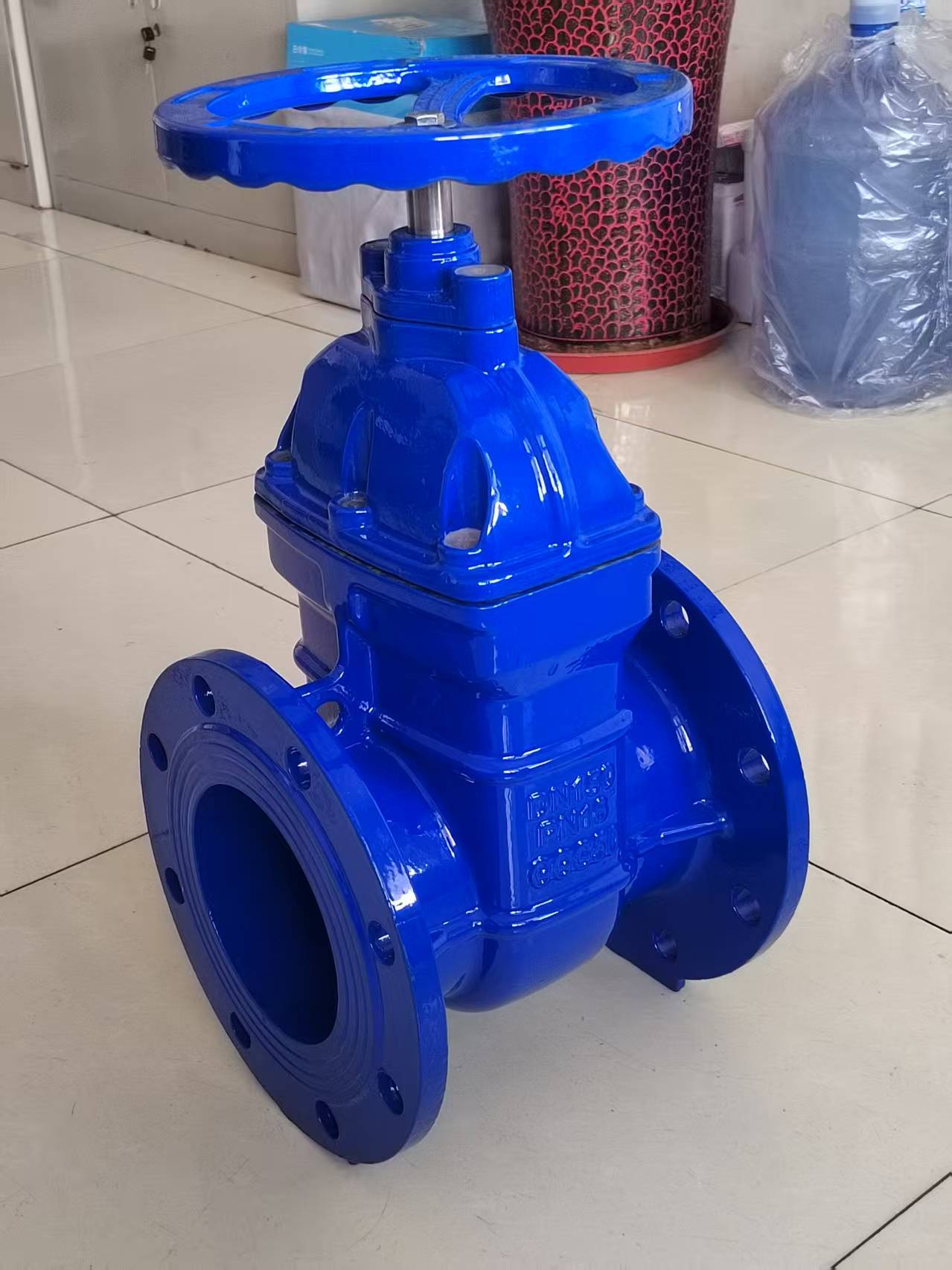Structure and working principle of hard sealed copper core protective gate valve
Release Time:
Jul 23,2025
Structure and working principle of hard sealed copper core protective gate valve

Hard sealed gate valve is a specially designed gate valve, whose core feature is that the sealing surfaces of the valve seat and gate are made of hard, wear-resistant, and high-temperature resistant materials (such as welded Stellite alloy, tungsten carbide, stainless steel hard surface, supersonic spray alloy, etc.). This design endows it with excellent performance and specific application areas.
Main structural components
Valve body: The pressure bearing shell of a valve, with ports (flange, threaded, or welded) connected to the pipeline. There are medium flow channels and valve seat installation surfaces inside. Usually cast or forged.
Valve cover: connected to the valve body, forming a sealed pressure chamber that accommodates the valve stem and packing inside. The connection methods between the valve cover and the valve body include flange type, pressure self tightening type, threaded type, etc.
Gate: Core opening and closing component, often in the shape of parallel double gate or wedge-shaped single gate.
Wedge gate: The most common, relying on the wedge angle to generate sealing force when closing, pressing against the valve seats on both sides. The hard sealed wedge-shaped gate emphasizes the accuracy of the wedge angle and the hardness and smoothness of the sealing surface.
Parallel double gate: Two parallel gate plates are pushed open and pressed towards the valve seats on both sides by an intermediate mechanism (such as a wedge) when closed. This structure has extremely high requirements for sealing surface processing and fitting.
Valve seat: an annular sealing surface fixed on the inside of the valve body (or sometimes directly machined on the valve body). The key to a hard sealed valve seat is that its sealing surface is welded or embedded with hard alloy materials (such as Stellite 6,21, tungsten carbide WC), which have extremely high hardness (usually above HRC 40, up to HRC 60+), wear resistance, and high temperature resistance. The valve seat and gate sealing surface cooperate to achieve sealing.
Valve stem: a rod that transmits operating force (manual or actuator) to the gate. Usually made of stainless steel or alloy steel, it requires sufficient strength and stiffness. The upper end has threads (trapezoidal thread or ball screw).
Valve stem nut: In conjunction with the valve stem thread, it converts rotational motion (from the handwheel or actuator) into linear lifting motion of the valve stem and gate.
Packing box: located inside the valve cover, surrounding the valve stem, filled with flexible sealing packing (such as graphite packing, PTFE, metal wound gasket, etc.), and compressed with packing gland to prevent medium leakage along the valve stem.
transmission:
Handwheel: Most commonly used, it drives the valve stem nut to rotate by rotating the handwheel.
Gearbox: For valves with large diameters or high operating torque, a gearbox is equipped to reduce speed and increase torque.
Electric/pneumatic/hydraulic actuators: used for remote or automatic control.
Other attachments: such as valve stem bearings (to reduce friction), brackets (to support the transmission mechanism), indicators (to display switch status), grease valves (to maintain sealing), etc.





